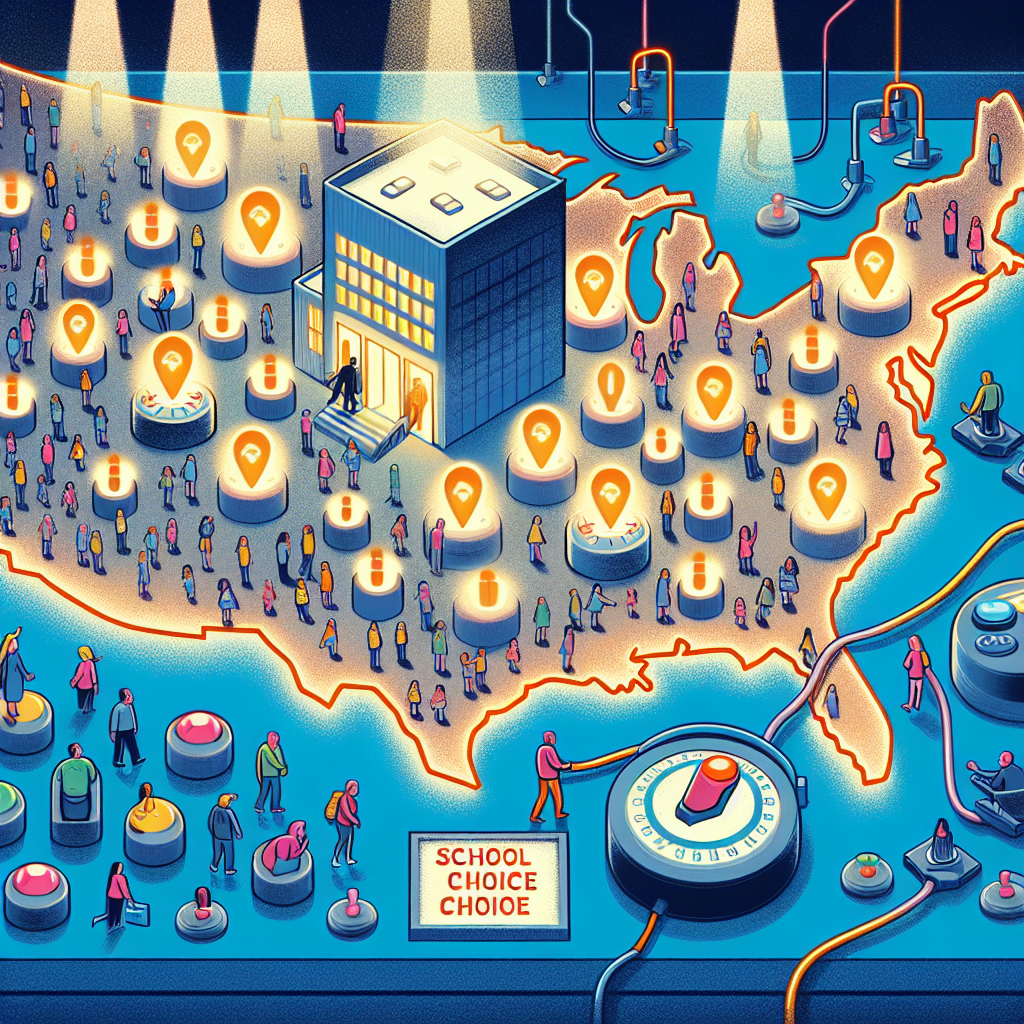In a report by Reuters, it was revealed that the United States President-elect Donald Trump is preparing to significantly expand the “school choice” program next year, making it easier for tens of thousands of parents to send their children to private schools.
According to experts, although Trump may not be able to abolish the U.S. Department of Education as promised, he is likely to seek tax incentives to help support programs that assist in paying for private school tuition. While this approach does not directly allocate federal funding to private schools, for conservatives, it marks a significant advancement in the decades-long education debate.
Frederick Hess, an education expert at the American Enterprise Institute, stated that this would be the biggest victory for school choice in Washington in history.
Conservatives generally believe that if parents are dissatisfied with public schools, the government should assist them in paying for private school costs, while teachers’ unions and many Democrats argue that school choice undermines the public education system that serves 50 million American children.
According to EdChoice, an advocacy organization, currently more than one million American students are participating in school choice programs, doubling the number before the closure of public schools due to the COVID-19 pandemic. Supporters suggest that federal government action could potentially increase participation by hundreds of thousands.
Trump emphasized the expansion of school choice as a top priority with the appointment of Linda McMahon, a former professional wrestling executive, as Education Secretary.
In a statement on Tuesday, November 19, Trump said, “Linda will work tirelessly to expand the ‘right to choose’ to every state in America.”
The scholarship funds will operate independently without any government control and will not reserve funds for specific students.
The National Education Association, representing 3 million public school teachers, complained that the program would subsidize private schools that charge more than public schools and are not required to disclose their teaching content, target audience, and fund usage. The union argues that similar to other school choice programs, tax breaks essentially divert funds away from public schools.
This strategic move marks a shift from Trump’s first term, during which Education Secretary Betsy DeVos advocated for federal funds to be allocated to private schools as tuition vouchers. While she was unsuccessful, Republican-led states significantly expanded their voucher programs in the years that followed.
In conservative-leaning states, federal Department of Education funding often plays a larger role. According to Reuters analysis of U.S. Census data, in states that supported Trump in the previous election, federal funding accounted for 15% of all public K-12 school expenditures, compared to 11% in states that backed his Democratic rival.
Advocates argue that opting for tax breaks rather than voucher programs will unite Republicans and minimize the bureaucratic processes associated with direct expenditure plans. This tax cut could also be included in a comprehensive tax bill proposed by Trump next year, increasing its likelihood of passing through Congress.
The tax breaks will drive existing school choice programs in states and also benefit families in Democratic-controlled states like New York that have not established their own school choice initiatives.
Supporters of the tax bill argue that it is modeled after existing state-level scholarship programs which have so far provided $1.8 billion to 365,000 students. Democrats argue that if families can get tax breaks through the scholarship program, the bill is effectively an indirect voucher.
Douglas Harris, a professor of education and economics at Tulane University, believes this could pave the way for a larger program, stating, “Making some tweaks, rather than introducing a radical idea, it’s easier to take small steps and then expand over time.”
(With reference to Reuters)

